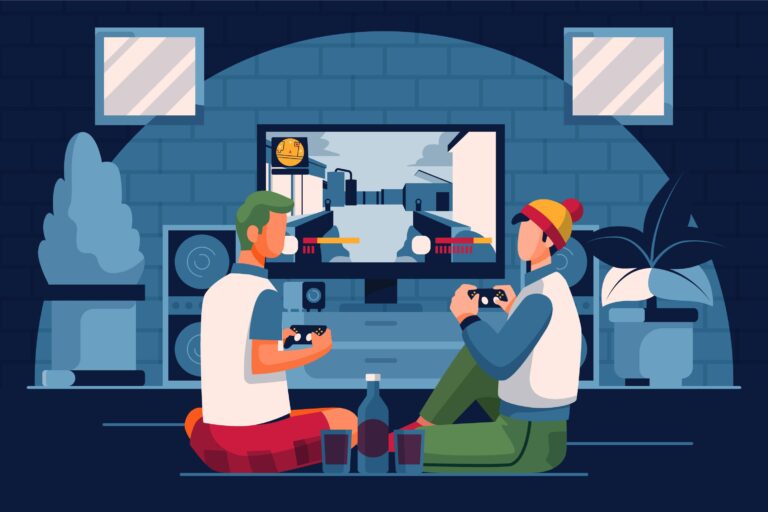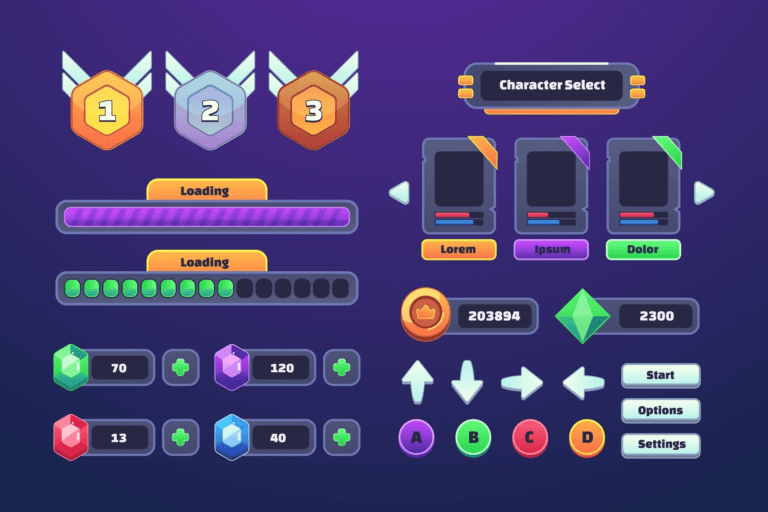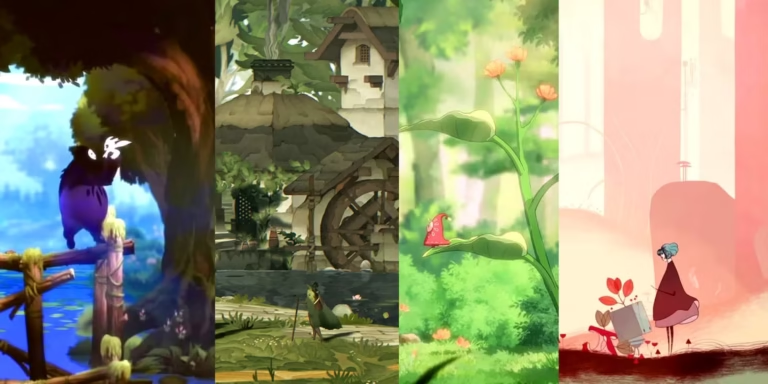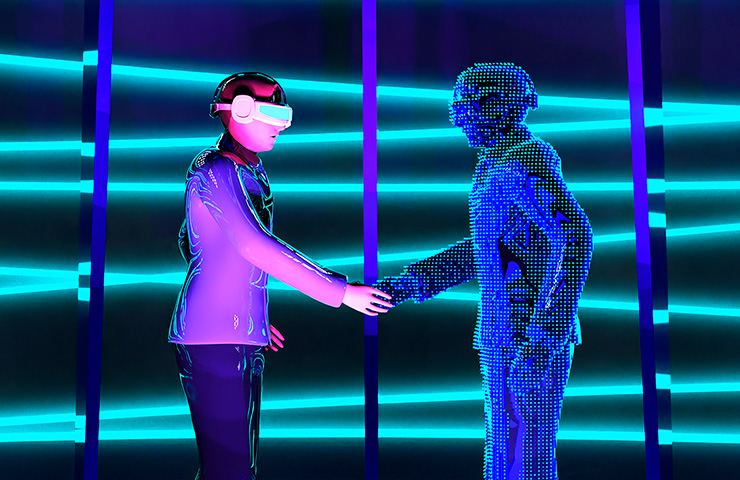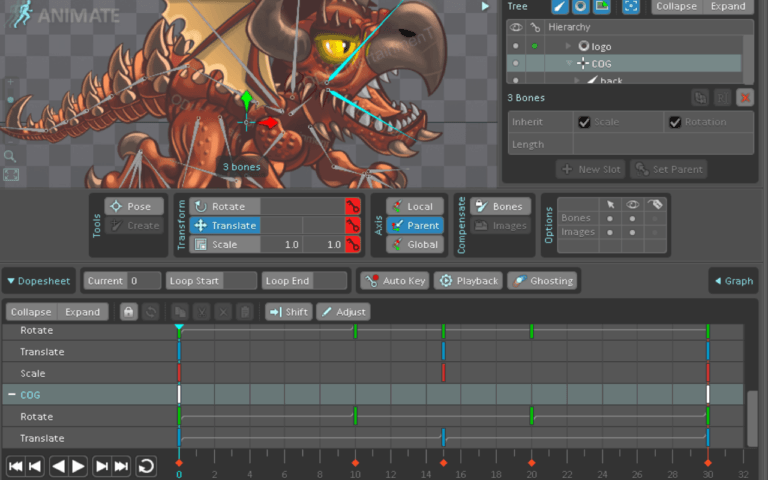In the ever-evolving tapestry of gaming, a timeless rivalry has woven itself into the very fabric of our interactive experiences – the clash between the realms of 2D and 3D. On one side, we have the charming allure of 2D games, where visuals and gameplay unfold on a two-dimensional plane, invoking a sense of nostalgia and artistic purity. On the other, the breathtaking depths of 3D games beckon, offering an unparalleled sense of immersion and boundless exploration. But what truly separates these two worlds? And how do they intertwine to create gaming experiences that linger in our hearts and minds long after the controllers are set down? Let’s dive into the core elements that fuel this eternal debate, exploring the nuances that make each dimension so unique and captivating.


Need Game Art Services?
Visit our Game Art Service page to see how we can help bring your ideas to life!
Visuals: Immersion vs Nostalgia
Visual artistry is the very soul that breathes life into our gaming adventures. In the realm of 2D art, we bear witness to the magic of flat, raster-based, or vector graphics, a diverse tapestry woven with threads of whimsy and nostalgia. From the vibrant, hand-drawn landscapes of classic 2D platformers to the nostalgic allure of pixel art, these visuals have the power to transport us to realms where imagination knows no bounds.
Venturing into the world of 3D art, we find ourselves surrounded by either realistic or stylized models and textures that draw us into carefully created environments. It’s common to be amazed by the incredible landscapes in large open-world RPGs or to feel the excitement of fast-paced first-person shooters. The immersive graphics make it difficult to tell the difference between what’s real and what’s imaginary, encouraging us to fully immerse ourselves in the games we play.
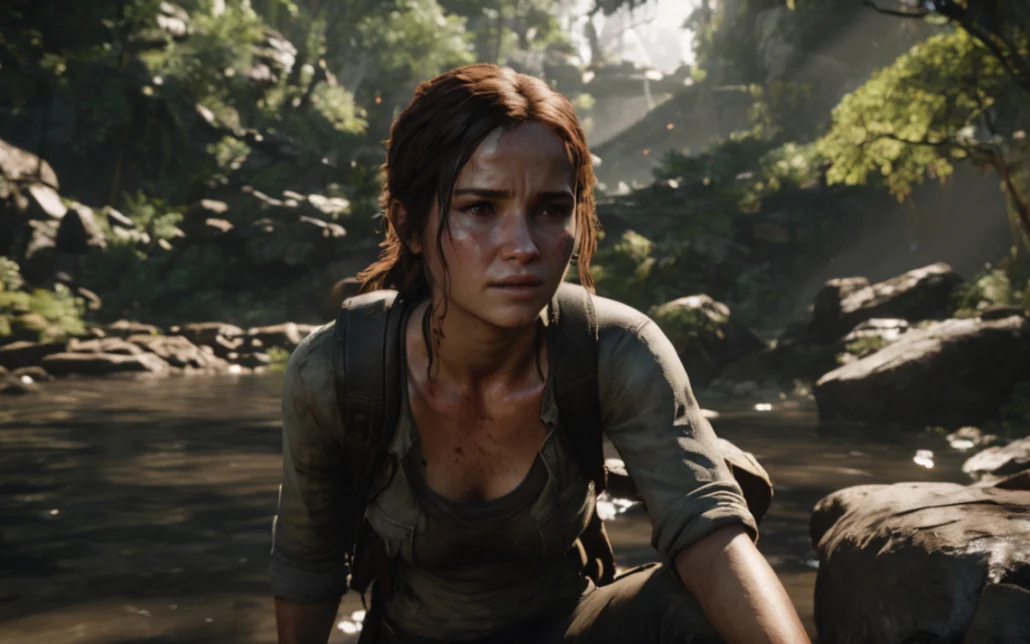
As a game designer, I’ve had the privilege of witnessing the evolution of these visual art forms firsthand. I recall the early days of transitioning from 2D to 3D, the challenges of adapting classic gameplay mechanics to the third dimension while finding the perfect balance between freedom and control. But the sense of accomplishment when players finally stepped into our meticulously crafted 3D worlds, their jaws agape in wonder at the sheer depth and richness of the experience.
Yet, let us not forget the enduring allure of 2D visuals. Revisit the iconic Donkey Kong Country series, a masterclass in 2D artistry, where pre-rendered 3D graphics brought a sense of depth and richness to the levels while maintaining the classic 2D gameplay. Or take a more recent example, the critically acclaimed Ori and the Blind Forest – a testament to the fact that even in the modern era, breathtaking 2D art can captivate audiences and leave an indelible mark on our souls. Check out our article about captivating 2d games for a more in-depth look at various 2d art styles in games.
Gameplay: Dimensions of Freedom and Constraint
The video game landscape is richly varied, spanning the simple yet profound realms of 2D to the vast and complex universes of 3D. Each dimension presents its own set of challenges and opportunities in terms of gameplay design, pushing creators to innovate within their constraints while maximizing the potential for engagement and exploration. In 2D games, designers must cleverly navigate the limitations of planar movement to craft compelling gameplay mechanics. Conversely, 3D environments offer expansive realms for exploration but require intricate design to ensure navigability and immersion. Through these contrasting dimensions, game designers sculpt experiences that can be as divergent in execution as they are unified in their goal: to deliver engaging, memorable gameplay.
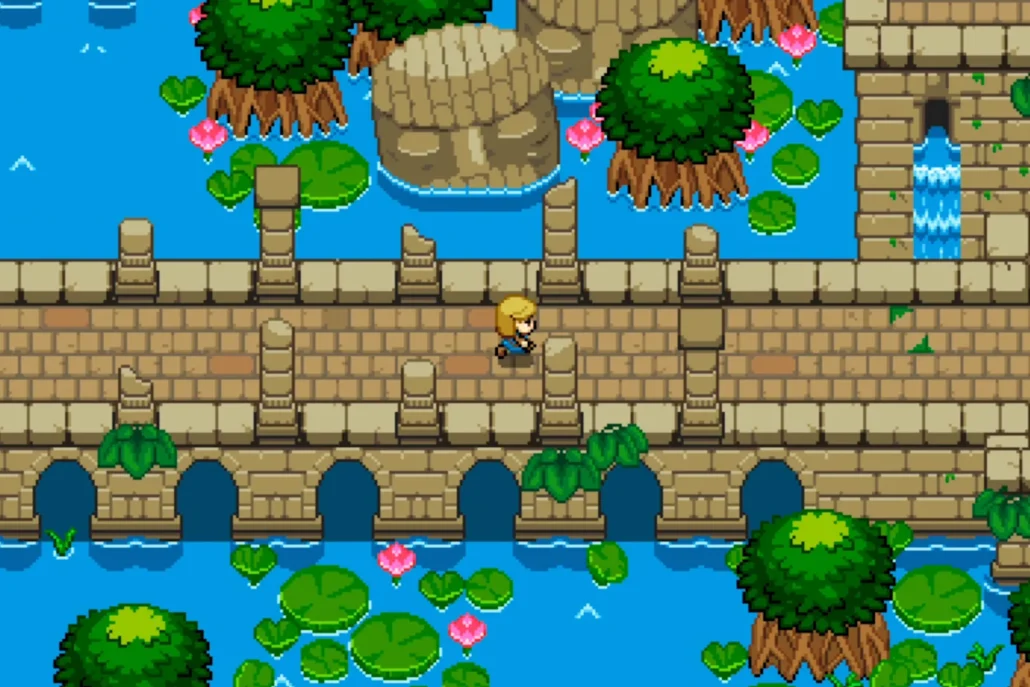
2D Gameplay: Harnessing Simplicity to Add Depth
In the domain of 2D gameplay, the apparent constraints of two-dimensional space spur creativity and innovation. Movement is typically restricted to horizontal and vertical axes, with diagonal motions adding variety. This simplicity is not a hindrance but rather a foundation upon which game designers have built some of the most iconic and enduring games.
Genres such as platformers, side-scrolling adventures, and puzzle games thrive in 2D spaces, primarily because the limited movement directs focus to gameplay depth and mechanical precision. Platformers, for example, benefit from the clarity and control that 2D provides, allowing players to judge jumps and obstacles with precision. Puzzle games use the planar space to create easily comprehensible yet complex challenges that players can engage with without the distraction of an additional dimension. The challenge for designers lies in innovating within these confines, crafting experiences that feel fresh and engaging despite the familiar format.
3D Gameplay: The Freedom to Explore
Transitioning to the realm of 3D, the gameplay experience transforms dramatically. Here, the freedom of movement is significantly expanded, allowing players to navigate through spaces in all directions. This open-ended exploration offers a more immersive experience, as gamers can delve into intricate worlds from a multitude of perspectives. However, with this freedom comes the challenge of designing environments that are both navigable and engaging.
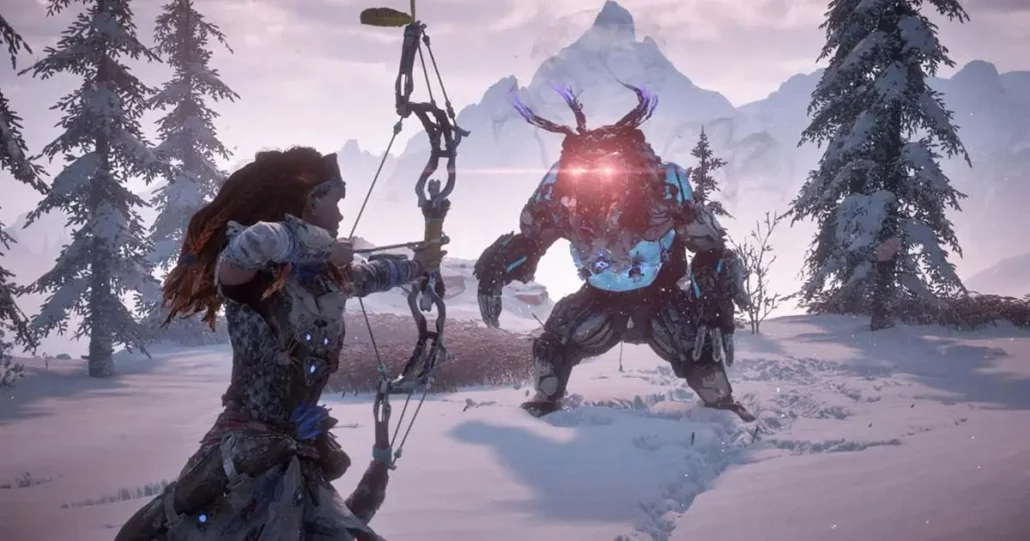
Game genres such as open-world adventures and first-person shooters exemplify the strengths of 3D gameplay. Open-world games leverage the three-dimensional space to create vast, explorable environments that promise adventure around every corner. First-person shooters, on the other hand, utilize the depth of field and spatial awareness that 3D provides to enhance realism and player immersion. The key challenge in 3D game design is balancing the freedom of exploration with the need for clear, intuitive navigation, ensuring that players feel empowered rather than overwhelmed by the possibilities.
Storytelling: Painting Narratives on Canvas and in Three Dimensions
The art of storytelling is the very essence that transforms a game from a mere collection of pixels into a captivating journey. Both 2D and 3D games have proven their mettle in this arena, weaving tales that linger in the hearts and minds of players long after the credits roll.
In the realm of 2D, we’ve witnessed narratives unfold through exquisitely crafted cutscenes, dialogue sequences, and environmental storytelling. Remember how the haunting, pixel-art world of Limbo conveyed a sense of dread and mystery without uttering a single word? Or how the charming hand-drawn animations of Cuphead brought its delightfully zany characters to life?
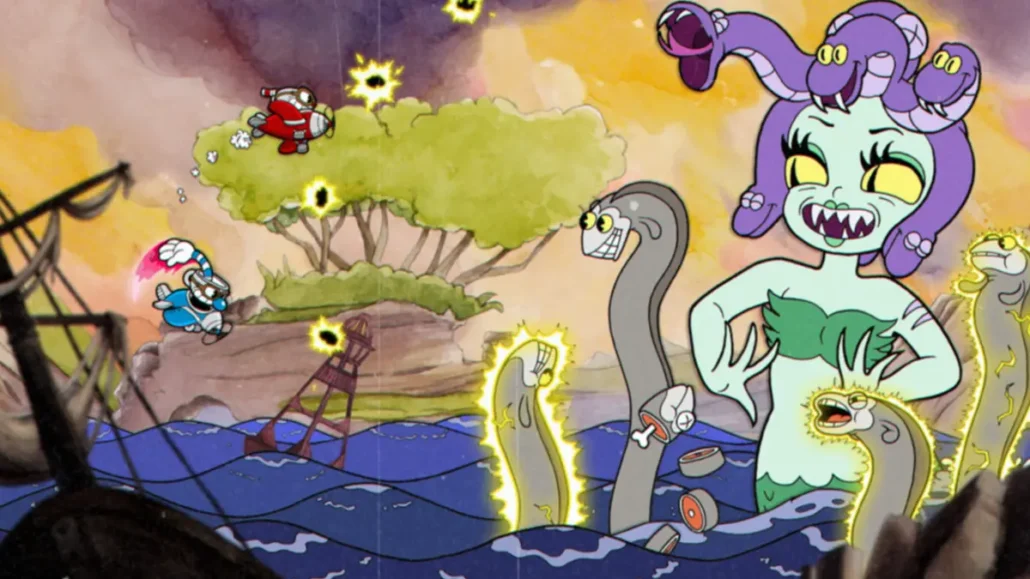
But let’s not forget the power of 3D storytelling. The ability to inhabit fully realized, three-dimensional worlds forges an unparalleled sense of immersion and emotional connection. Who among us hasn’t felt the weight of the world on our shoulders as we guided our avatar through the war-torn landscapes of a gritty military shooter, or felt our hearts swell with wonder as we explored the vast, mystical realms of a high-fantasy RPG?
As a game designer, I vividly recall the challenges we faced in crafting the narrative for our latest 3D action-adventure title. How do you strike a balance between environmental storytelling and more traditional narrative elements? How do you ensure that the sheer scale and grandeur of your 3D world doesn’t overwhelm the intimate, character-driven moments that truly resonate with players? It was a delicate dance, but one that paid off in spades when we witnessed players forging their connections with our world and its inhabitants – a testament to the power of storytelling in the third dimension.
Innovation: Pushing the Boundaries, Defying Conventions
In this ever-evolving industry, one truth remains constant: innovation is the lifeblood that keeps gaming fresh and exciting. And in the realms of 2D and 3D, we’ve witnessed countless examples of games that have dared to defy conventions, pushing the boundaries of what’s possible.
Who could have imagined the sheer ingenuity of a game like Braid, where the very fabric of time and space was manipulated to craft mind-bending 2D puzzles? Or the genre-defying brilliance of Fez, where a simple shift in perspective transformed a seemingly ordinary 2D world into a mind-bending, three-dimensional labyrinth?
And let’s not forget the audacious innovations that have graced the 3D gaming sphere. From the groundbreaking open-world design of Grand Theft Auto III to the mind-bending reality-bending mechanics of Control, these games have dared to challenge our very perceptions of what a video game can be.
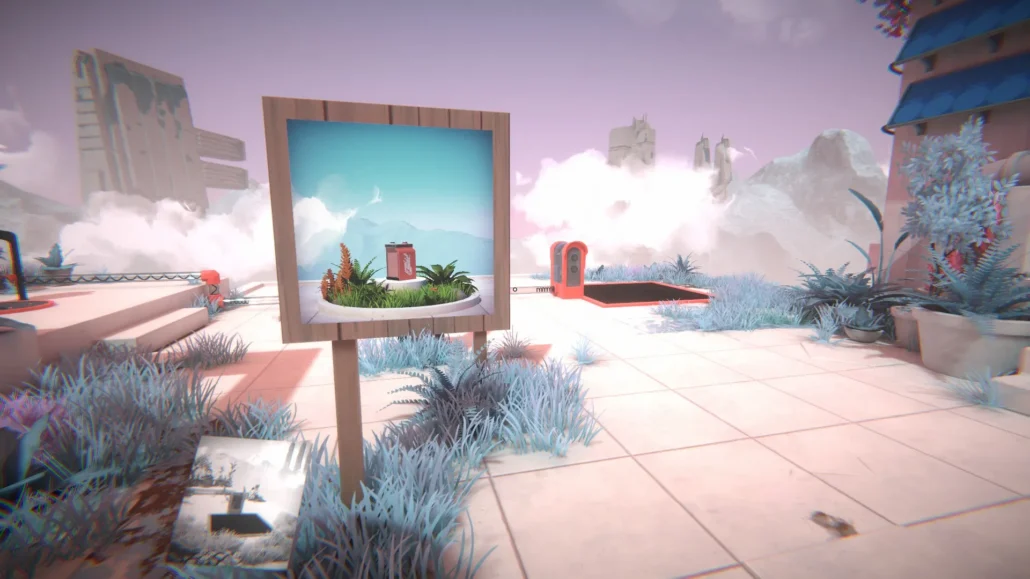
Innovation often lies in the most unexpected places, a truth I’ve learned time and again as a game designer. Perhaps it’s a clever twist on a classic gameplay mechanic or a bold new approach to narrative storytelling. Or maybe, just maybe, it’s the fusion of 2D and 3D elements in ways that defy categorization like that of the Viewfinder game? Which blurs the lines between these two realms and creates something truly unique.
The Verdict: Embracing the Best of Both Worlds
Which realm reigns supreme – the timeless charm of 2D or the breathtaking immersion of 3D? The truth, as is so often the case, lies somewhere in between. For every argument in favor of one dimension, there exists a compelling counterpoint from the other. The beauty of our industry lies in its diversity, and its ability to cater to a vast array of preferences and sensibilities. Some games are better suited to the simplicity and artistic purity of 2D, while others demand the immersive depths of 3D to truly shine.
Perhaps the true path to greatness lies not in choosing sides, but in embracing the strengths of both realms. A harmonious fusion of 2D and 3D elements, where the charm of flat visuals coexists seamlessly with the depth and immersion of three-dimensional worlds. Or perhaps, the answer lies in celebrating the unique identities of each dimension, cherishing the diverse experiences they offer, and recognizing that there is no “one size fits all” solution in the realm of gaming.
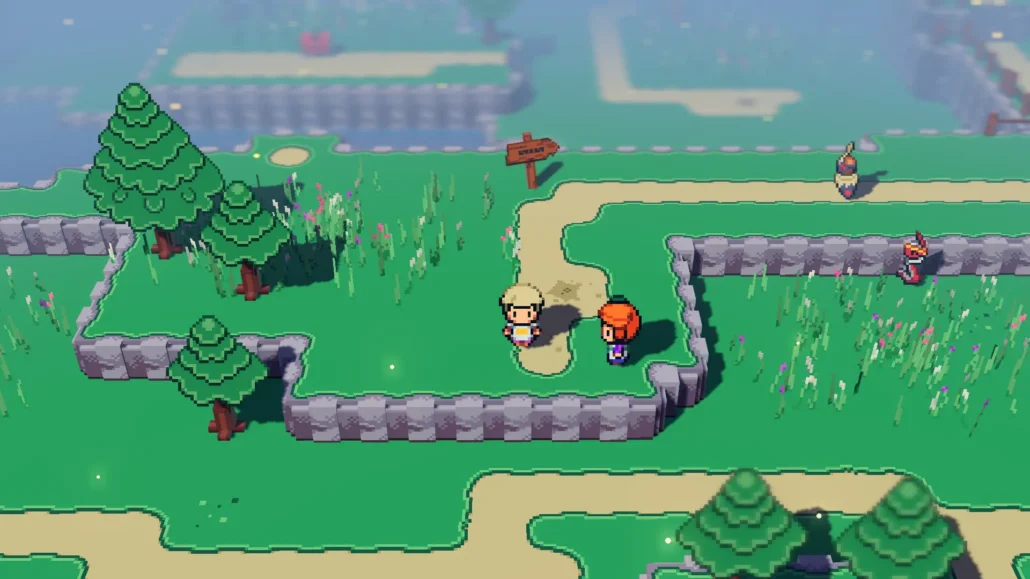
As a game designer, my goal has always been to craft experiences that resonate with players on a deep, emotional level – experiences that push the boundaries of what’s possible while staying true to the core tenets of great game design. And in this pursuit, I’ve come to realize that the true power lies not in adhering to rigid dimensions, but in the boundless creativity and innovation that defies categorization.
Conclusion
So, let us embrace the best of both worlds, celebrating the rich tapestry that is the gaming industry. In the end, whether we choose to inhabit the realms of 2D or 3D, the true magic lies in the joy, wonder, and escapism that these worlds offer us. It is the spirit of artistic expression, the thrill of exploration, and the emotional resonance that lingers long after the game is over.
What’s your take on this eternal debate? Have you found certain gaming experiences to be better suited to 2D or 3D? Share your thoughts and experiences in the comments below. Who knows? Perhaps your insights will inspire the next great innovation in gaming!


